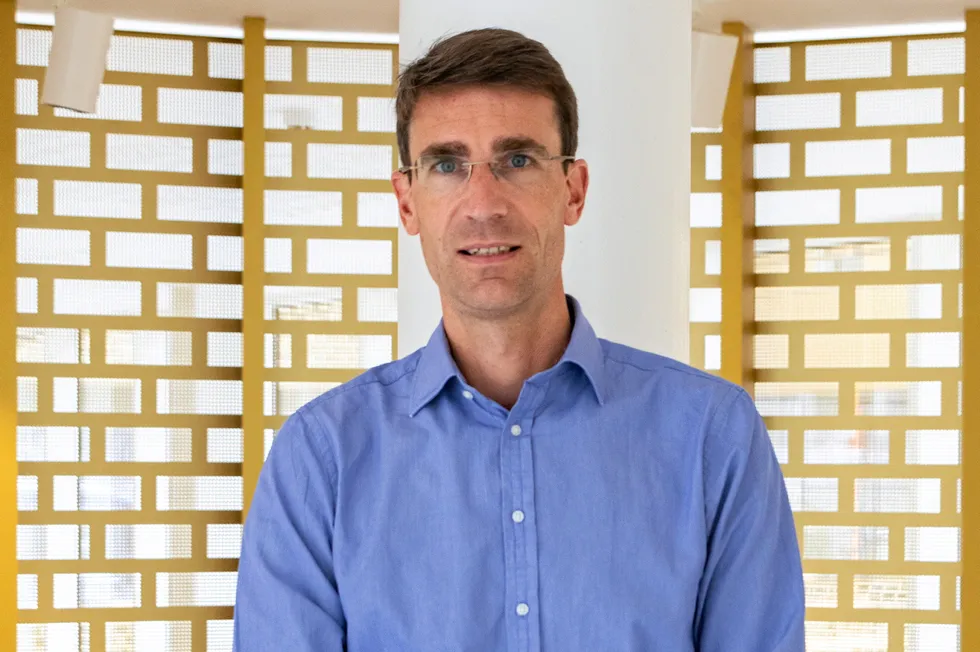EXCLUSIVE | 'Cheap Chinese hydrogen electrolysers will not flood global markets or damage Western suppliers'
Exporting machines from China does not make sense, says Belgian company John Cockerill, which builds electrolysers near Shanghai — but it warns there will be 'no room for small players'
